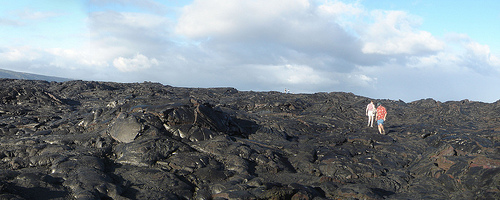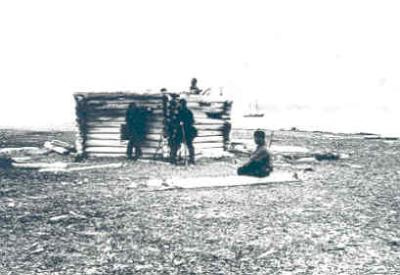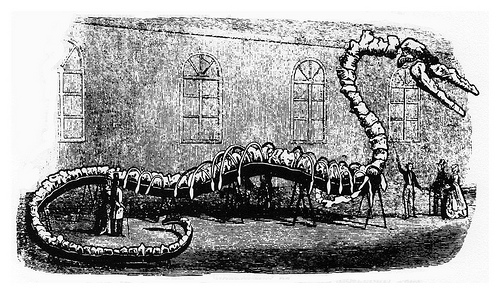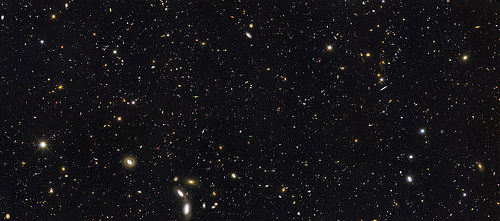Ben Greenblatt, popular piano stylist, has played for every kind of society party, but this week marked the first time that his audience consisted of monkeys. He ‘gave’ at the Philadelphia Zoological Gardens just to see how the chimpanzees would react to his Steinway. …
Checking upon the reaction of animals to music has been tried periodically ever since the zoo opened its gates 70 years ago. Once an elephant nearly sprayed a jazz band with a trunkful of water, and on another occasional Tommy Dorsey nearly lost his trombone when an inquisitive chimpanzee tried to take it apart to see what made it tick.
— Billboard, April 1, 1944






